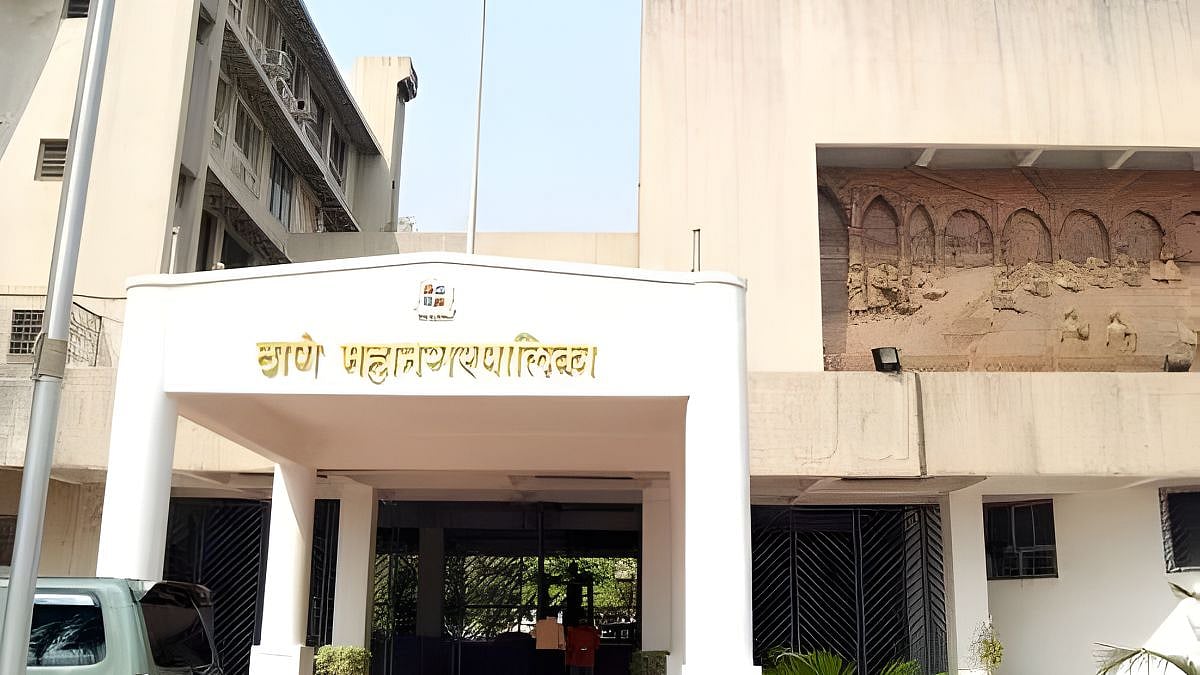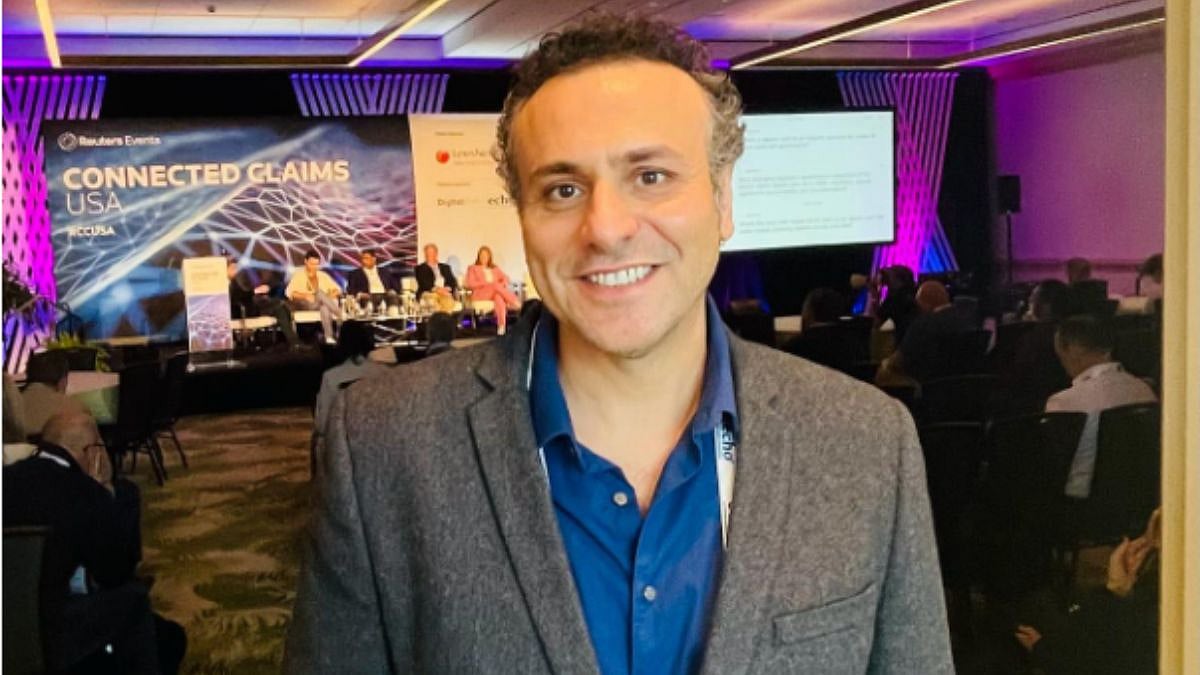In less than a decade, artificial intelligence has gone from a seminar talking point to a seismic force reshaping higher education worldwide. American, British, Indian, and Asian universities are scrambling some cautiously, some frantically, to make sense of what AI means for their students, their research, and their future. But China’s experiment with “AI-first” universities is moving at a different speed and scale. It’s not only remaking its own system, it is redefining the global race for talent, research, and policy. The question isn’t whether AI will reshape universities. It’s who will set the terms of that transformation, and who will be left catching up.
China’s AI Universities: State Strategy Meets Institutional Muscle
China does not treat AI in higher education as an experiment. It treats it as a national project. The 2017 State Council’s National Strategy for AI Development set an audacious goal: global AI leadership by 2030, with core industry output exceeding RMB 1 trillion. Universities are at the center of that plan, not just as research engines, but as training grounds for millions of specialists China desperately needs.
The scale is staggering. By 2025, over 50 Chinese universities will offer dedicated AI degree programs, according to the Ministry of Education. Government “talent programs,” like the Ten Thousand Talents scheme, are pulling Chinese AI researchers back from abroad. Yet the Ministry of Industry and Information Technology estimates a shortfall of more than 5 million AI specialists, highlighting how massive the pipeline challenge really is.
This is not purely top-down. A 2018 report by the Chinese Institute for Science and Technology Policy documented 845 provincial-level AI-related policies, each tailored to local contexts. Beijing’s model, for instance, revolves around the Beijing Academy of Artificial Intelligence (BAAI), a collaboration between Tsinghua and Peking Universities, the Chinese Academy of Sciences, and tech giants like Baidu and ByteDance. Private education firms such as New Oriental and Squirrel AI are deploying AI-driven platforms to analyze student performance in real time, while partnering with global heavyweights like MIT and Carnegie Mellon.
It is a dual-track model, universities drive research and workforce training, and private companies scale classroom AI tools to millions. The penetration is deep. A Mycos Institute, a Chinese higher-education research group, survey found that by 2024, early 60% of Chinese students used generative AI multiple times a week, while only 1% said they never used it. Universities are making AI literacy mandatory: Tsinghua integrates AI into biology, medicine, and even the humanities. Zhejiang University has made an AI intro course compulsory for every undergraduate.
And the pipeline starts early. Beijing mandates AI education from K–12 through university, while national guidelines demand sweeping curriculum and talent-development reforms. Students at pilot “AI base schools”,184 designated by the Ministry of Education, are writing code, running deep-learning projects, and experimenting with homegrown large language models like DeepSeek. AI literacy isn’t treated as optional, it’s a national competency.
Western Universities: A Patchwork in Progress
If China’s approach is coordinated and urgent, the West’s is fragmented and reactive. A 2024 study of the top 100 U.S. universities (Generative AI in higher education: Seeing ChatGPT through universities’ policies, resources, and guidelines) found none had outright banned generative AI, but more than half left AI policy up to individual instructors. Nearly 48% follow a “prohibition by default” rule, barring AI use unless professors say otherwise. A smaller group allows it conditionally, requiring disclosure and citation.
The anxieties are familiar: plagiarism, privacy, and the reliability of AI-generated facts. More than half of these universities mention detection tools like Turnitin or GPTZero yet openly concede their limits. Research at the University of Reading found that these systems failed to detect 94% of AI-generated essays. So, policies are largely reactive: optional faculty training, plagiarism warnings, and assignments redesigned to be “AI-proof,” like in-person exams or reflective essays.
The UK’s experience is even more dramatic. The Guardian reported nearly 7,000 proven cases of AI-related cheating across 131 universities in 2023–24, 5.1 cases per 1,000 students, up from 1.6 the previous year, with projections suggesting 7.5 per 1,000 by 2025. Traditional plagiarism is falling, suggesting AI isn’t just a tool, it’s reshaping how students work. The government has invested over £187 million in AI skills development and issued school-level guidance, but universities are left to improvise. Some embrace AI as a creative collaborator; others see it as a threat to academic standards. Public opinion remains skeptical: a Cambridge University Press & Assessment survey found nearly 89% of Britons oppose students using AI for coursework.
India is approaching this moment with ambition but a tougher climb. The 2020 National Education Policy doesn’t just acknowledge AI, it embeds it into a vision for a flexible, skill-driven education system. Its targets, 50% gross enrolment in higher education by 2035, full digital and AI integration in teaching, and expansion of platforms like SWAYAM, which already boasts 5.15 crore enrolments, are bold. Investments in AI research hubs and faculty retraining reinforce the intent.
But AI as a skill has to go beyond engineering in India. Programs such as Bhashini are good at creating a level playing field, but they are not enough. AI also demands that the university testing architecture undergo a revamp from the current high-stakes assessment model, an urgent shift if learning outcomes are to stay relevant in the AI era. The NAAC’s AI-based accreditation is a welcome step, but its implementation needs more robust feedback mechanisms than the current system provides.
Even with these initiatives, the broader reality lags. A 2025 review of 30 top Asian universities (University policies on generative AI in Asia: promising practices, gaps, and future directions) found that Indian universities have yet to publish comprehensive generative AI policies. Academic conduct guidelines remain in draft stages, leaving students and faculty to navigate without clear direction.
Elsewhere in Asia, the gap is narrower. The University of Hong Kong now treats AI literacy as the “fifth literacy” after reading, writing, speaking, and digital skills. Seoul National University and Nanyang Technological University integrate generative AI guidance directly into coursework. Even so, these universities walk a fine line: encouraging responsible use, but requiring disclosure and ethical reflection.
Lessons From China: From Policy to Practice
China’s model makes one point unavoidable: drafting policies isn’t enough. The work is turning them into practice, fast, system-wide, and at scale. In less than five years, China has launched more than 50 AI degree programs, hundreds of AI “base schools,” and 845 local policy experiments. That kind of coordination between government, universities, and industry accelerates change in ways the West’s piecemeal approach simply can’t.
There’s also a clear lesson about talent. China’s 5 million-person AI workforce gap shows how critical it is to prioritize both large-scale domestic training and strategies for attracting global expertise. For countries like India, that means nurturing in-country talent while actively engaging diaspora networks and building research ecosystems that can compete globally.
Most of all, AI literacy can’t remain an elective. China’s model embeds it across disciplines, treating fluency in AI as fundamental as mathematics or computer science. That’s the mindset shift other countries will need if they hope to stay competitive.
The Red Queen Problem
In Lewis Carroll’s “Through the Looking-Glass,” the Red Queen runs endlessly just to stay in the same place. That’s what this race now feels like. China is sprinting ahead, the U.S. is rolling out policies like “Advancing Artificial Intelligence Education for American Youth”, and India is institutionalising AI through the NEP. But if the race is only about outpacing each other, everyone risks running in circles.
The real opportunity lies in cross-border learning- sharing successes, borrowing best practices, and avoiding one another’s mistakes. The universities that will thrive are not the ones that fear AI or merely regulate it. They will be the ones that embrace its complexity, teach its ethical and creative use, and turn it into a driver of equity and innovation.
The future of higher education, and national progress itself, will depend on who can make that leap from hesitation to action. The clock is ticking, and the stakes are global.
Authored by: Shivani Singh, Program Coordinator for Law and Critical Emerging Technologies from ASIA Research at SGT University









